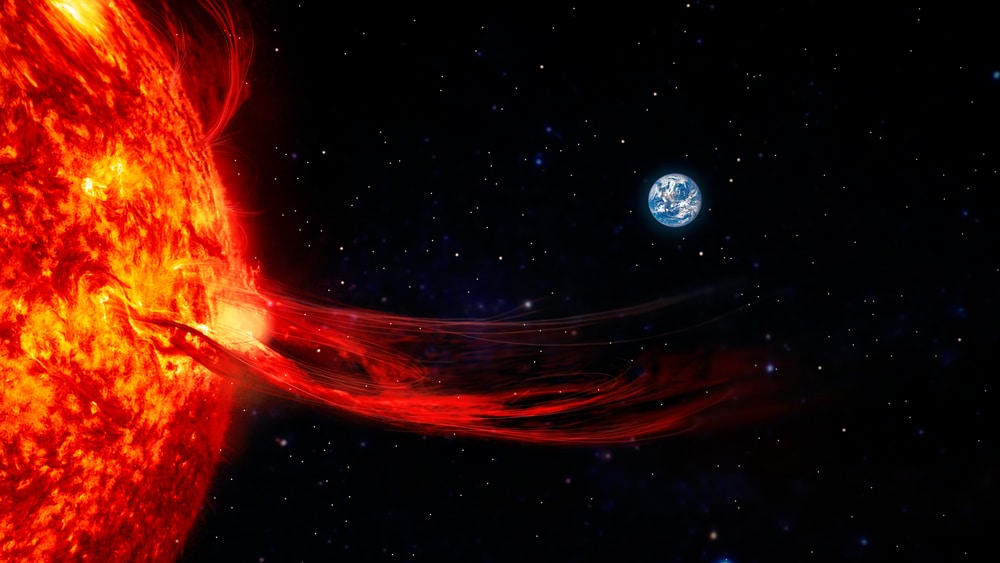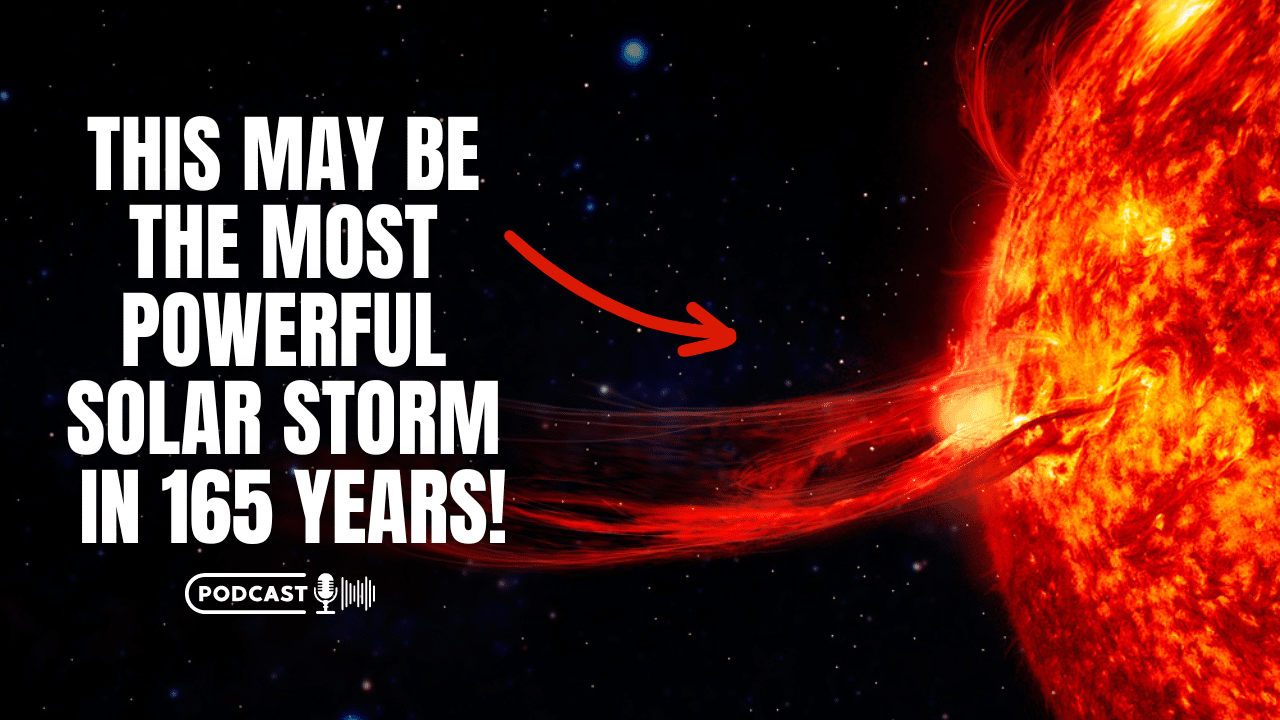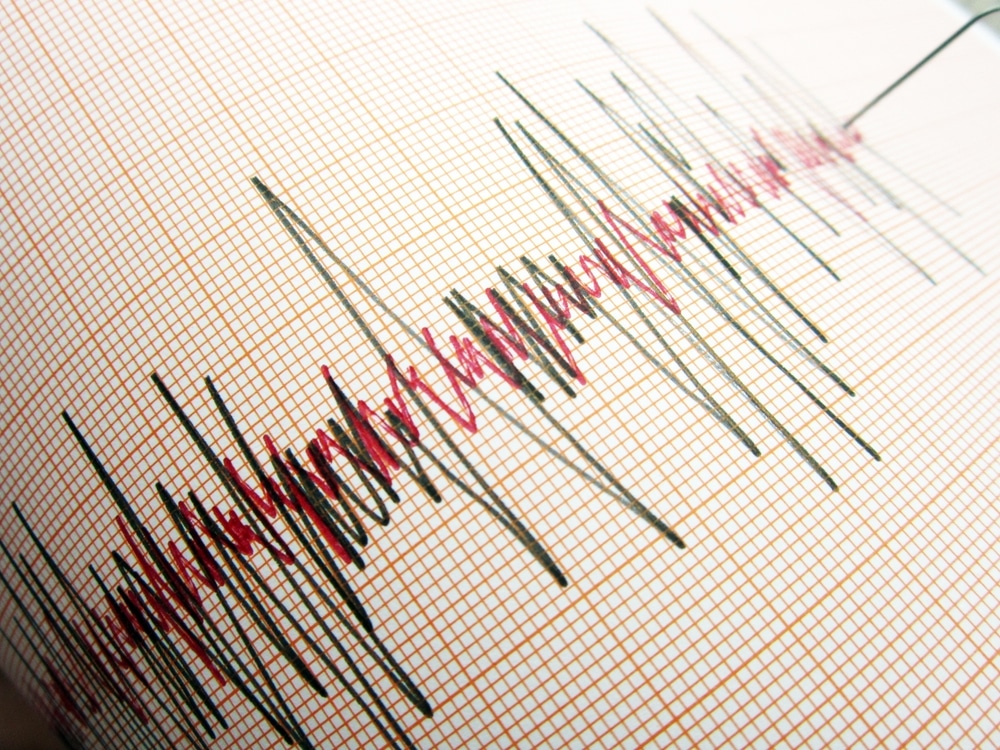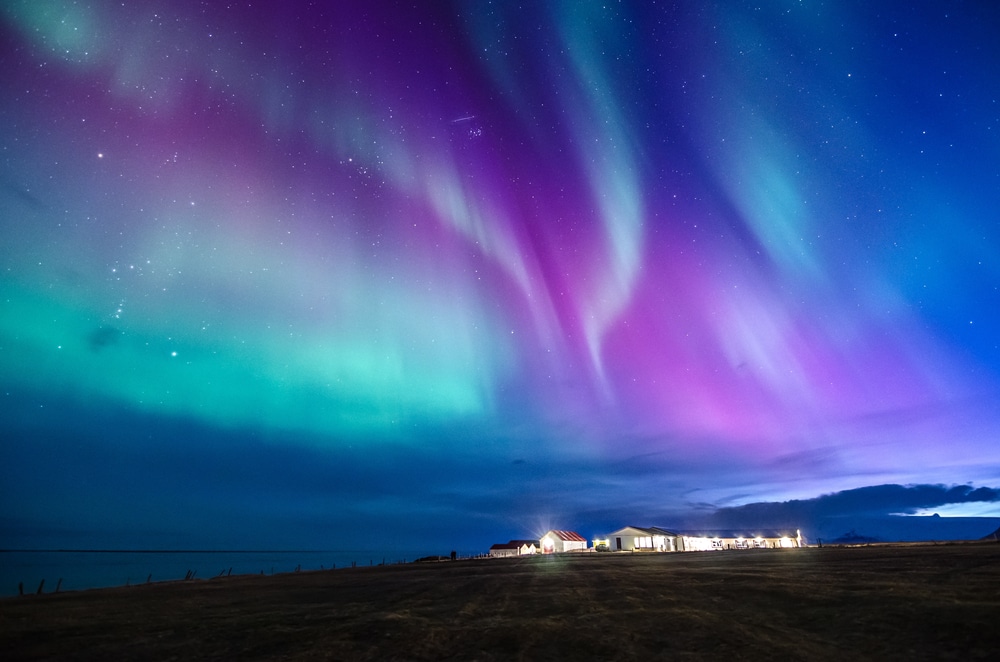Back-to-back solar flares, including one on the Fourth of July, will create solar weather storms resulting in brighter auroras and potential power grid fluctuations.
While your neighbors were preparing to put on a fireworks show Tuesday evening, the sun was ejecting a powerful burst of energy, putting on its own show.
According to Fox Weather, The NOAA Space Weather Prediction Center in Boulder, Colorado, said a coronal mass ejection or CME was observed by a NASA satellite on July 4.
The Independence Day solar activity prompted the SWPC to issue a Geomagnetic Storm Watch. The Prediction Center is forecasting the solar flare to reach Earth’s atmosphere by late Thursday or early Friday.
This storm is a minor G1-level rated battery on NOAA’s 5-level scale to rate the potential impacts of any geomagnetic activity headed toward Earth. There is potential for some G2 impacts. Some weak power grid fluctuations can occur for a storm of this level.
For most people, a Geomagnetic Storm Watch is not something to be concerned about. The watches help government agencies, power providers, telecommunication companies, and satellite operators prepare to protect systems impacted by space weather.
The flares are also given a letter and number rating, X being the most intense flare. This is the second solar flare eruption in a week requiring a Geomagnetic Storm Watch.
On Sunday, NASA’s Solar Dynamics Observatory (SDO) recorded an X1.0 solar flare. Space Weather Physicist Tamitha Shov said on Twitter the July Fourth flare is moving faster and will catch up with Sunday’s flare creating a “1 2 punch.”


















